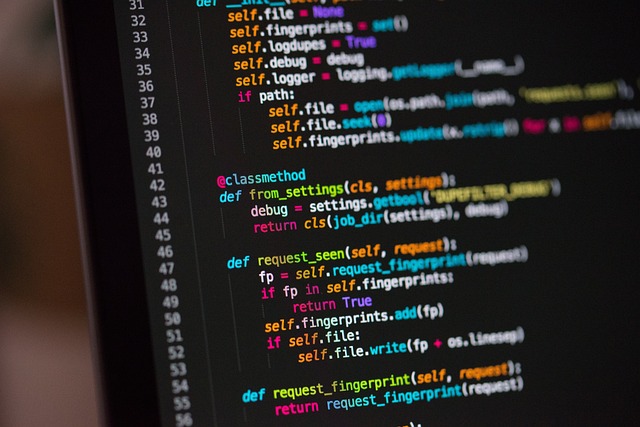
Unlocking the Secrets of IT Debugging: A Hardware Technician’s Guide
Understanding the Core of Debugging in Hardware
In the ever-evolving world of informational technology, debugging is more than just a routine task—it’s a crucial skill that hardware technicians rely upon to keep systems running smoothly. When hardware fails, it often presents as a puzzle to be solved; understanding how to approach this puzzle is essential for any technician aiming to excel in IT.
The Art and Science Behind Debugging
Debugging is both an art and a science. It requires methodical thinking and technical knowledge, combined with a detective’s intuition. For hardware technicians, this means diagnosing faults from physical components like motherboards, RAM, or graphics cards, to more subtle issues such as faulty connections or firmware errors. The process is not just about identifying the problem but also about understanding the underlying causes which may not always be visible.
Step-by-Step Process to Effective Debugging
- Gathering Information: Start with detailed information from users or system logs. Every symptom described is a clue.
- Visual Inspection: Look for obvious signs like burnt components, loose screws, or damaged ports.
- Testing Components: Use diagnostic tools and software to isolate faulty parts systematically.
- Replacement and Retest: Swap out defective hardware or update firmware and evaluate if the issue persists.
- Documentation: Recording what worked or failed aids in quicker resolutions in the future and builds expertise.
Why Debugging Matters in the Hardware Realm
Hardver professionals understand that IT infrastructure is built on the reliability of physical components. Debugging effectively ensures minimal downtime, better performance, and longer lifespan of the hardware. Moreover, it increases trust with clients and colleagues who rely on your expertise to keep technology operational.
Real-World Impact: Debugging Saves Time and Resources
Each successful debugging session prevents cascading failures in a network or data center. Instead of costly replacements or extended outages, a technician skilled in debugging can pinpoint issues quickly and accurately. For organizations, this means saving precious time and resources—critical advantages in today’s fast-paced, tech-dependent world.
Embracing Debugging as a Continuous Learning Process
Information technology never stands still, and neither does troubleshooting. With advancements in hardware technologies and the increasing complexity of systems, debugging techniques must evolve. As a hardware technician, staying updated with the latest tools, industry standards, and best practices is essential to mastering the art of debugging.



